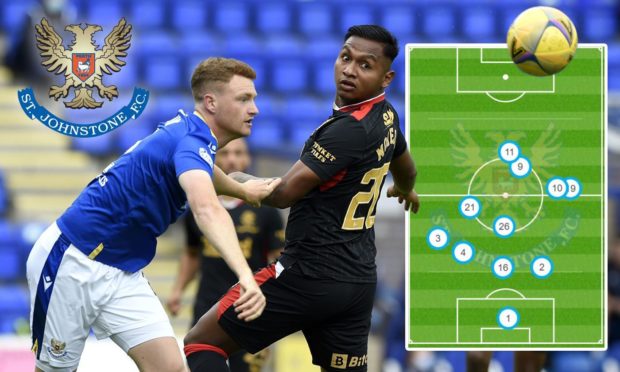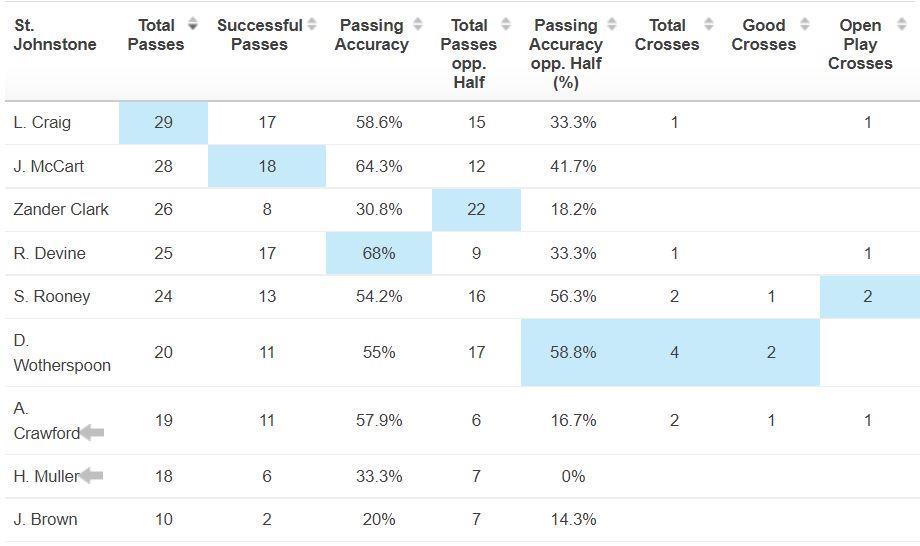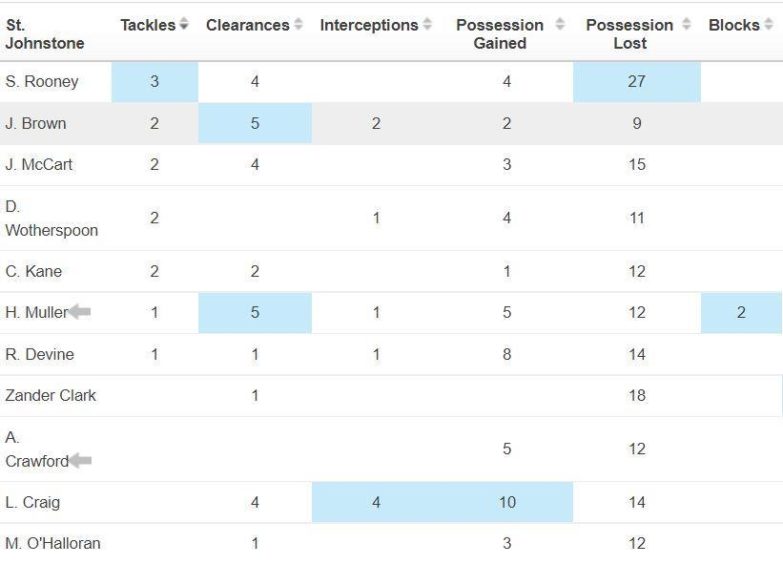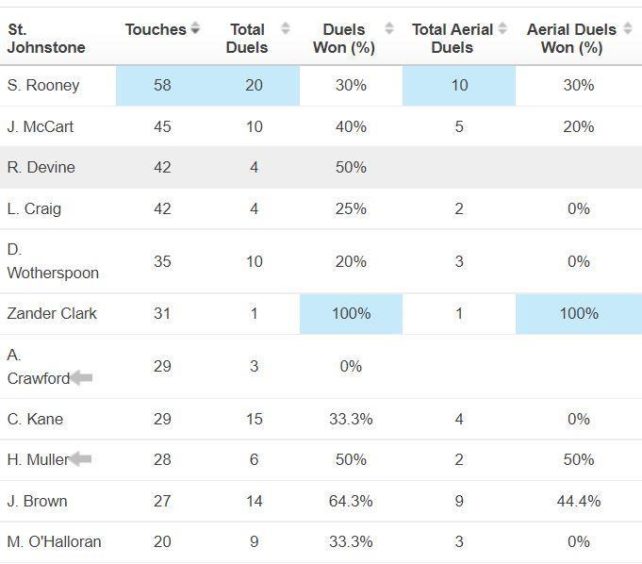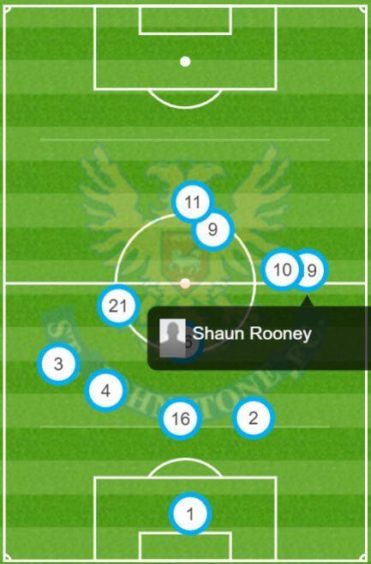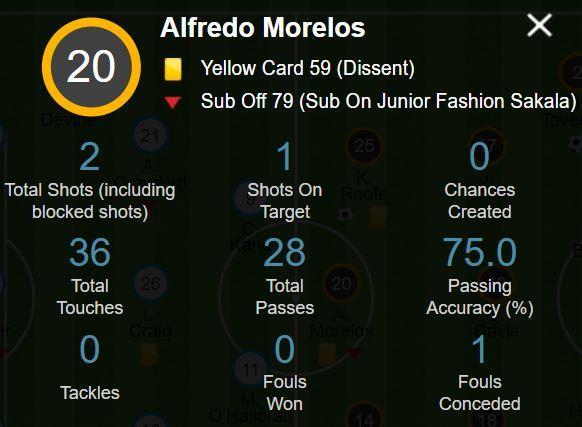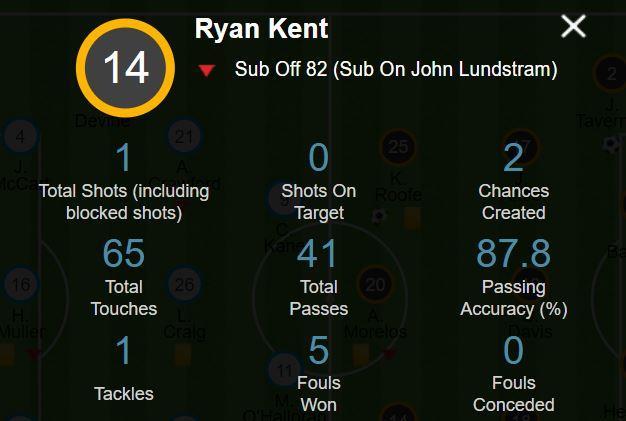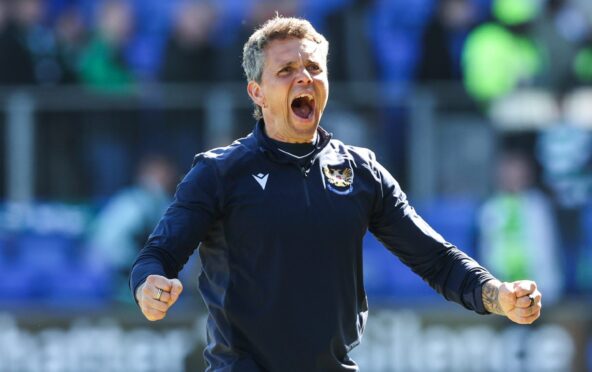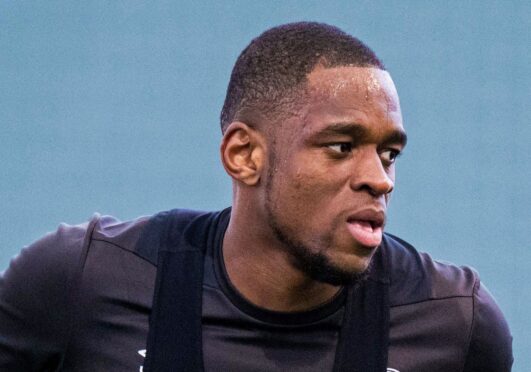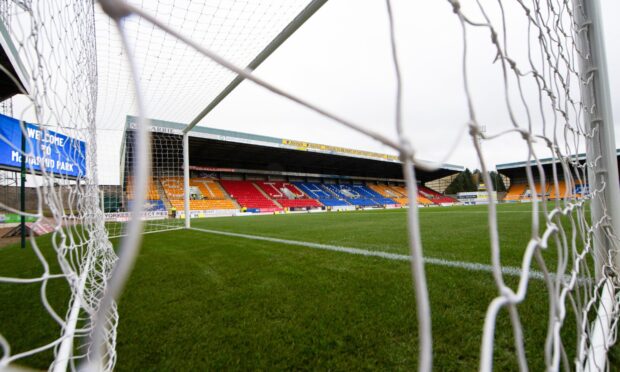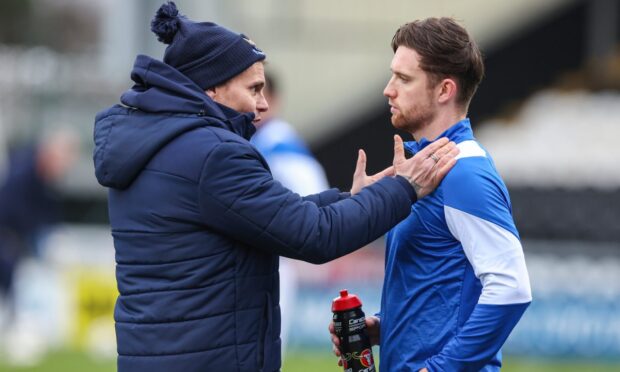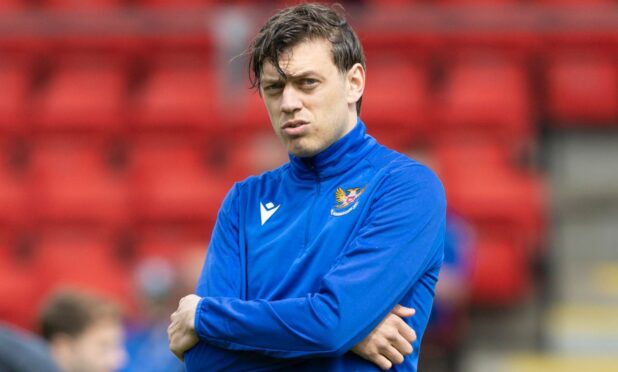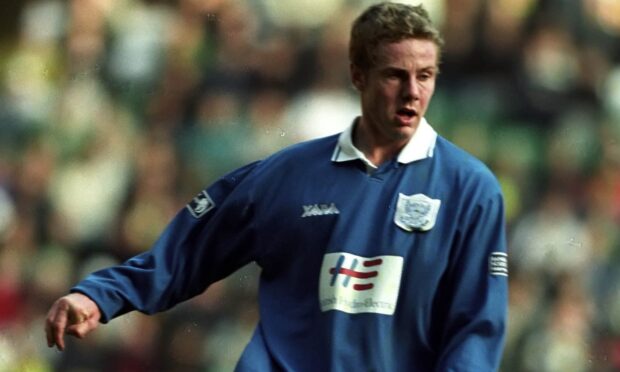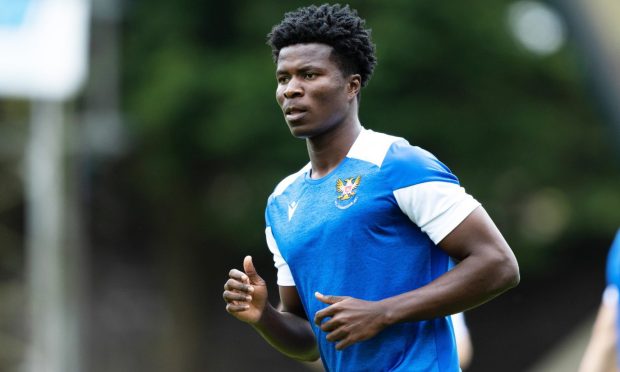St Johnstone didn’t manage to hold on to their one-goal lead against Rangers at the weekend.
But Callum Davidson’s brave decision to deploy James Brown as the right-sided centre-half in his central defensive back-three still proved to be a big selection success story.
With Jason Kerr having left for Wigan, Liam Gordon and Callum Booth ruled out through injury and Lars Dendoncker and Efe Ambrose deemed not ready, Steven Gerrard would have been expecting to see Shaun Rooney beside Hayden Muller and Jamie McCart.
Rooney may have the physique of a centre-back but, as he showed to such incredible effect last season, his greatest assets are his dynamism down the right hand side in attack and his back-post threat.
Conversely, though Brown is built like a full-back, his natural instincts are more conservative and Davidson has described him as among the best one v one defenders at the club.
Courier Sport delves into the Opta stats of Saturday’s match to analyse the experiment in more depth and assess whether it is likely to be a one-off or a more regular occurrence.
Playing to his strengths
McCart has built a reputation as the best passer of a ball from the back in the Saints backline, both long and short.
And Muller has shown he is cut from similar cloth – the left-foot ball over the top for Michael O’Halloran’s goal probably hasn’t received the attention it deserved.
Brown wasn’t in the team to emulate those two and the fact that he had the fewest number of passes (10) in the game for a Saints defender and midfielder, and the lowest percentage for passing accuracy (20%), shouldn’t really come as a surprise or be a concern.
He was in the team for his defensive positional sense and that man against man ability Davidson talked up.
That he was joint-top for clearances (five) with Muller speaks to the first point and that he had the highest percentage of duels won for a Perth outfield player (64.3% compared to McCart’s 40% and Muller’s 50%) speaks to the second.
Also, given that you wouldn’t put heading down as one of his primary skills, Brown’s 44% for aerial duels (just behind Muller) was particularly impressive.
Allowing Rooney off the leash
Considering the standard of the opposition and the fact that Rangers dominated possession, Rooney’s average position for the match was eye-catching.
It was in the opposition half, beyond Ali Crawford’s and almost as high as David Wotherspoon’s.
On the other flank, Reece Devine stayed far, far tighter to his nearest centre-back, McCart and nearest midfielder, Crawford.
It is a testament to the standard of Brown’s defending, and the faith Davidson had in the former Millwall man, that Rooney was given licence by the Perth boss to consistently stray as far away from him as he did.
Not so deadly double act
Arguably the biggest compliment of them all for Brown was the manner in which he dealt with two of the most dangerous, if not the most dangerous, attackers in the Premiership, Alfredo Morelos and Ryan Kent.
Both front men did their work in Brown’s part of the pitch in central to left-central areas, more than likely with Gerrard hoping to find flaws in a defender not playing in his usual position.
Morelos has inflicted all sorts of damage upon Saints at McDiarmid down the years but not on Saturday, when he was restricted to just two shots and no chances created.
As for Kent, he too had a much quieter afternoon than usual, producing one shot and two chances created.
He did of course earn his side a vital penalty, but Brown wasn’t the guilty man going to ground unnecessarily.
Overall he marshalled Kent and Morelos superbly, with both being substituted.
An encore?
Davidson was thrilled with Brown’s performance and he now has another central defensive option on the right side.
It already feels as if he is a stronger candidate there than Rooney should the need arise – partly for the reason outlined above that bringing the Hampden hero one position inside should be a last resort.
Ambrose will be the number one choice when Davidson deems the former Celtic man to be ready but there is no pressure to rush him into action at Pittodrie.
One thing is for certain, Saturday won’t be the last time James Brown will be seen as a St Johnstone centre-back.
